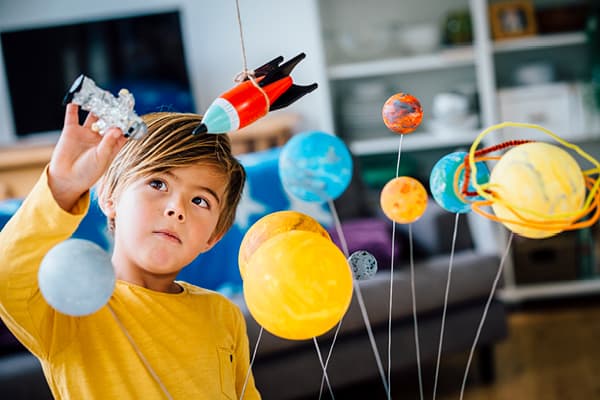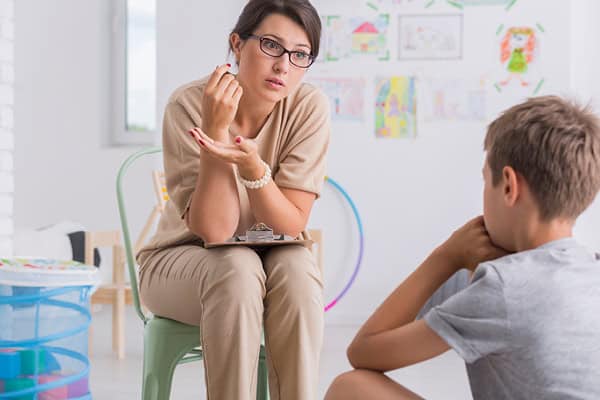Unguided play (remember those long ago days after school?) within time limits can give students the ability to explore, discover and invent on their own, according to an article in K-12 Dive. Teachers can observe and offer mild suggestions, then step back if they see a point where a lesson can be scaffolded in, says Ruslan Slutsky, professor of teacher education at the University of Toledo’s Judith Herb College of Education.
It’s a balancing act to observe pure unguided play and guide a learning moment. Teachers can step in to give a learning moment during recess or other moments of play, but this must be done carefully without making the student feel their downtime has shifted into lesson time.
“If a teacher sees a point where they can scaffold a learning or play experience, they can offer a soft suggestion and then disappear to let kids do with it as they see fit,” said Slutsky. “Think of it as a little nudge.’
Observing free-form playtime can give educators details from watching students engage with each other or even objects of interest to them. These perceptions and impressions can be synthesized into curricula or plans for classes.
Observing students at play can uncover their academic strengths, potential academic interests, personality traits such as leadership skills, or finding potential interests in certain topics or activities.
Educators can also glean from playtime when students may need some scaffolding by watching their breaks and play activities – particularly when it comes to peer interactions. Playtime becomes more than just play. It can reveal places where educators can support students with social, rather than academic support.
“Teachers can also see where kids are struggling or need more assistance and teach that,” said Slutsky. “If teachers notice that a child is struggling with social group entry, the teacher can get a book or create an experience that allow kids to practice such a skill.”
K-12 Dive





